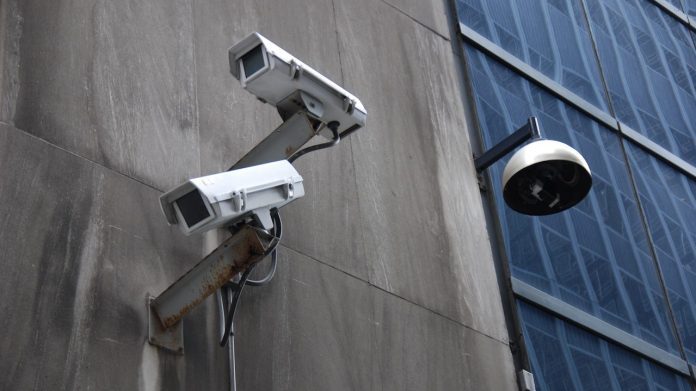There will be 41.6 billion connected IoT devices generating 79.4 zettabytes (ZB) of data by 2025. So says International Data Corporation (IDC), which calculates at the same time the amount of data created by these IoT devices will grow at a compund rate of 28.7 per year in the forecat period.
IDC said most data will be generated in the longer-term by video surveillance applications, particularly in security applications, as concerns about public safety grow, camera costs fall, and bandwidth expands, including with deployment of 5G networks.
Drones, still in their infancy, will access remote and hard-to-reach locations, and drive data traffic from cameras.
But during the forecast period, industrial and automotive equipment will remain the largest opportunity in the IoT space, with 60 per cent growth expected through 2025, the sharpest growth incline from any category.
IDC also expects strong adoption from smart home and wearable gadgetry.
The company has sought to categorise data types. Some is “small and bursty”, it noted, often carrying a single metric of a machine’s health, while video surveillance generates large amounts of data.
But where analytics is magnifying data creation beyond just its capture, data per device is growing at a faster pace than data per video surveillance camera, said IDC. Meanwhile, IoT metadata, containing data about other IoT data files, is growing.
“While not having a direct operational or informational function in a specific data category, like industrial or video surveillance, metadata provides the information about the data files captured or created by the IoT device,” said IDC.
“Metadata is valuable data that can be leveraged to inform intelligent systems, drive personalisation, or bring context to seemingly random scenarios or data sets.Metadata is a prime candidate to be fed into NoSQL databases like MongoDB to bring structure to unstructured content or fed into cognitive systems to bring new levels of understanding, intelligence, and order to outwardly random environments.”
IDC describes a ‘digital twin’ of the planet, emerging as connected sensors are integrated into all manner of consumer and enterprise machinery. The company has even created a ‘global datasphere’ department to address this phenomenon. The division sizes and forecasts “data creation, capture, and replication across 70 categories of content-creating things”, it says.
David Reinsel, senior vice president of the unit, said: “Mankind is on a quest to digitise the world and a growing global ‘data-sphere’ is the result. The world around us is becoming more ‘sensorised’, bringing new levels of intelligence and order to seemingly random environments. IoT devices are an integral part of this process.
“However, with every new connection comes a responsibility to navigate and manage new security vulnerabilities and privacy concerns. Companies must address these data hazards as they advance new levels of efficiency and customer experience.”
Carrie MacGillivray, group vice president for mobility at IDC, added: “Data becomes the common denominator – as it is captured, processed, and used from the nearest and farthest edges of the network to create value for industries, governments, and individuals’ lives.“Understanding the amount of data created from the myriad of connected devices allows organisations and vendors to build solutions that can scale in this accelerating data-driven IoT market.”
“Understanding the amount of data created from the myriad of connected devices allows organisations and vendors to build solutions that can scale in this accelerating data-driven IoT market.”

